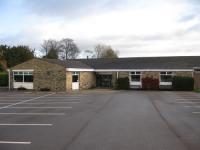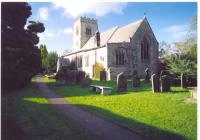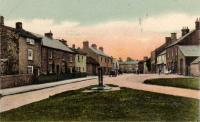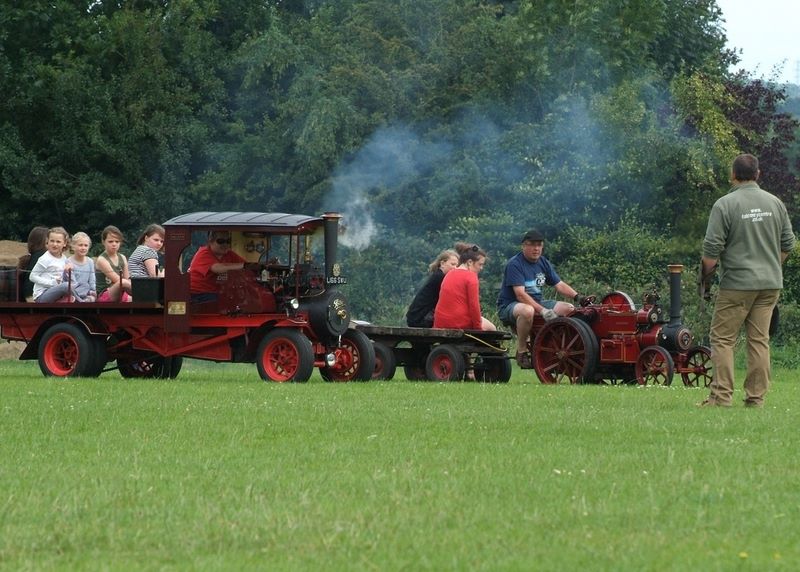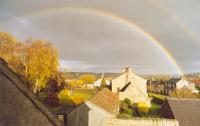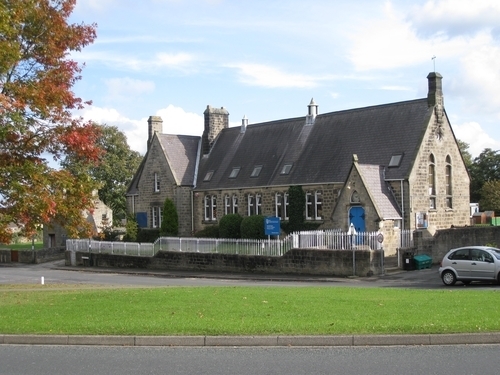Recent articles
© DT Online 2010 - 2025
| Lamb CottageA stone built inner-terrace cottage with slate roof having its origins in the 18th or early 19th century. The façade has been much changed from its appearance about a century ago, the four mullioned windows having been inserted in the late 20th century and the canopy over the entrance door erected 2007/8. The stone bench in the corner adjacent to Cornerstone House on the right seems to be that mentioned by William Grainge in his history "Harrogate and the Forest of Knaresborough" published in 1871 in which he says.."In front of a cottage near the Lamb Inn is an old sepulchral slab, now used as a stone bench; it is about seven feet in length by about twenty inches in breadth; down the middle of which is carved a highly floriated cross, on the right side of which is the figure of a sword, three feet two inches in length, and on the other a short, broad, pointed weapon, something like a hunting knife or dagger. This stone came from the church when it was rebuilt in 1820-1". The top surface of the slab no longer bears any discernable pattern but is there a connection here with the "dagger" described in the entry for the Lamb Inn? However, the film footage of 1946 (see the reference to the wedding of that year at the parish church) provides a glimpse of Lamb Cottage with no such stone bench in sight! Is the present structure the one described by Grainge or has it been replaced at some stage (and after an interval) by another? Link to Recollections of Hampsthwaite by Maurice Wray who was born in Chapel Allerton, Leeds in 1934 but whose mother, Dorothy Vivien Wray (ne Breaks) was born in Hampsthwaite in 1908 and was largely brought up there by her grandparents, William and Sarah Anne Busfield, who lived on Church Lane where Lamb Cottage is now. Click on "Hampsthwaite Floods" for an account of the impact on the property (and a visitor to it) of the storm of that year. For a fuller history click on "Lamb Inn" |






